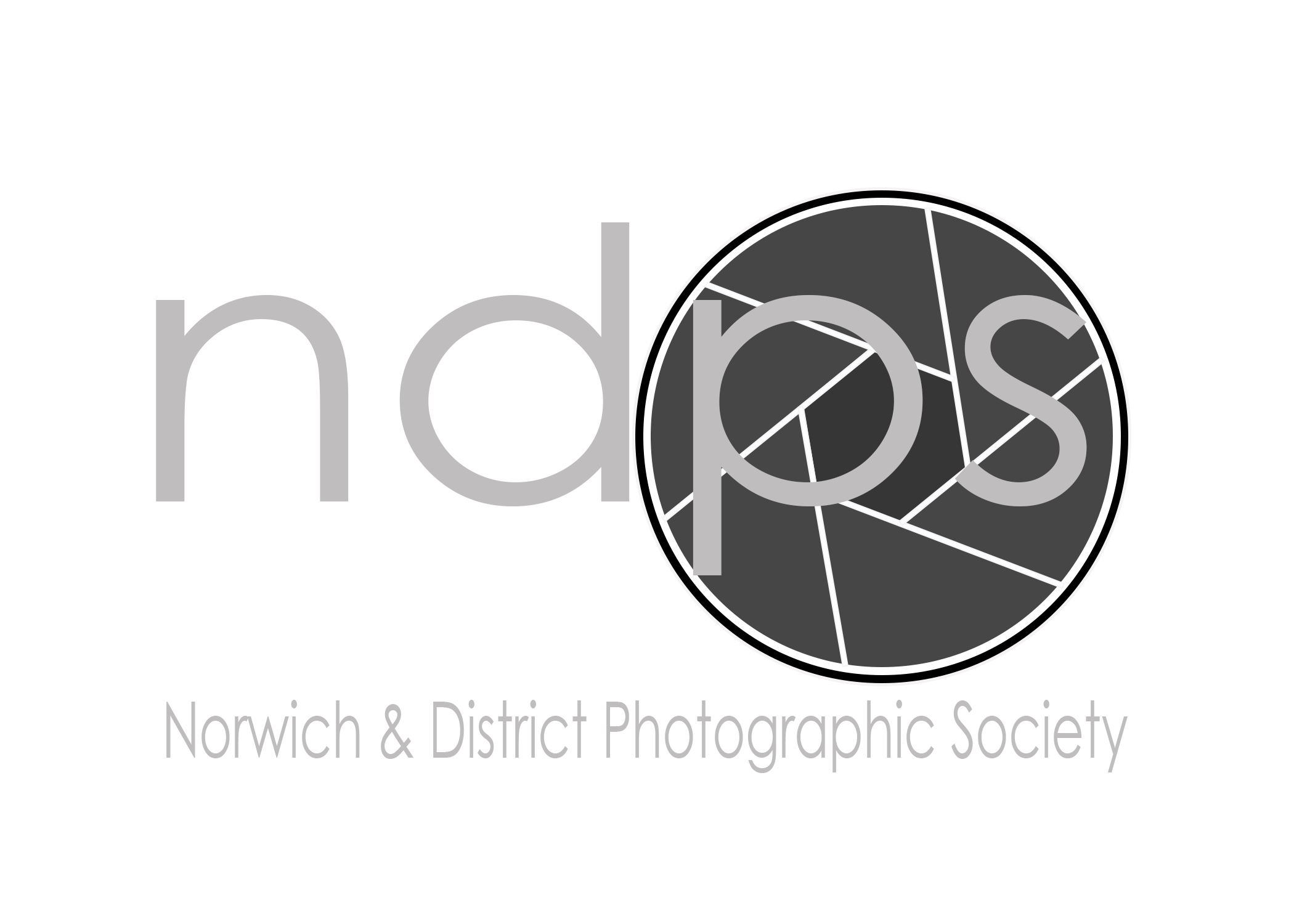Creative Techniques
Photography is a visual art that begins before you pick up the camera
This week on Tuesday evening Norwich & District Photographic Society were treated to a inspirational special presentation - Creative Techniques, by Glenys Garnett.
Why haven't I used these techniques? Glenys' results were breath taking. Of course I've used multiple exposures but not with blend modes!
Glenys began with a short introduction of herself, revealing that her background was in graphic design and IT. She said she was interested in landscape and nature and particularly floral photography. She said that many of her images were abstract and two important points were that mostly the capture was in camera and the end result created an impression, that is structure, shape, and form rather that a record shot.
Glenys, throughout her presentation, explained technique, and approach and in every case showed examples, and what stunning examples they were.
She said that photography was a creative visual art and that the whole process began before she picked up the camera - visualisation, capture, technical skill, processing and developing. She quoted Cartier-Bresson 'Think about the photo before and after, never during.' Being creative was a mindset and all about seeing, exploring and discovering ways of expressing yourself. Ask yourself; Why am I doing this? What am I trying to say or show?
Techniques do not make you creative, you must express yourself, play and experiment, develop ideas and visions.
Glenys was on a roll and in the second part of her presentation she focussed on intentional camera movement (ICM) and multiple exposures (ME). For ICM shots she recommended not to use small apertures, use ND filter, manual focus hold the camera still then move it.
For ME shots she described the different blend modes available in today’s cameras and the effects they produce. Of course these explanations were accompanied by her own wonderful examples.
This review barely scratches the surface of the information offered and falls short of describing the enthusiasm of Glenys for her hobby. So much to assimilate and so much to practice.Creativity is hard but she finished her presentation with the exhortation HAVE FUN
Read More




















